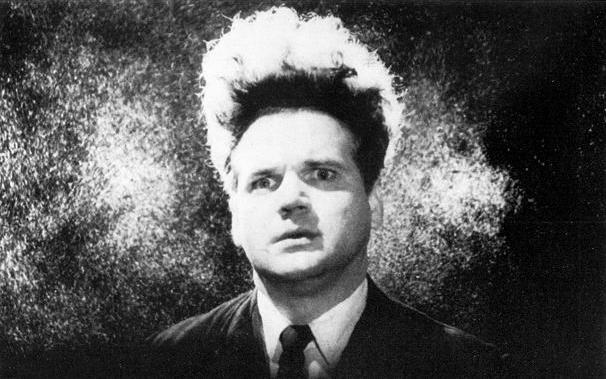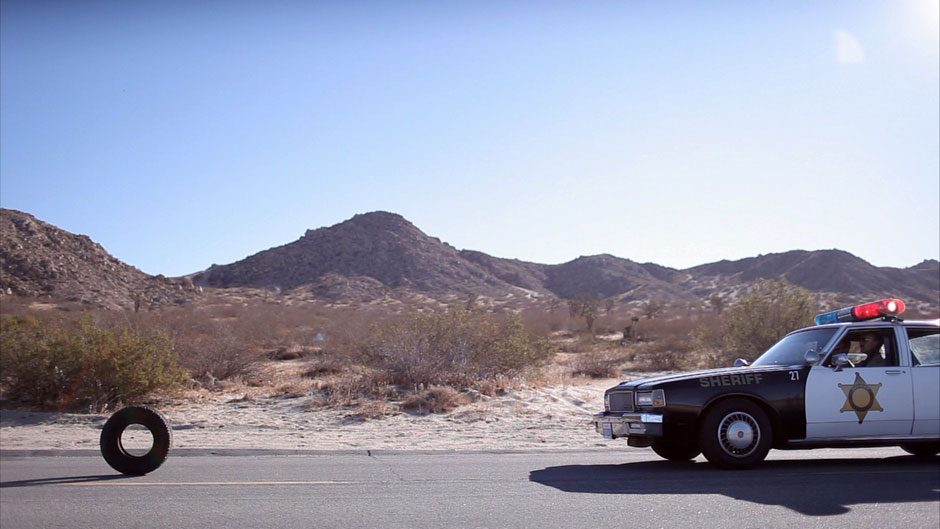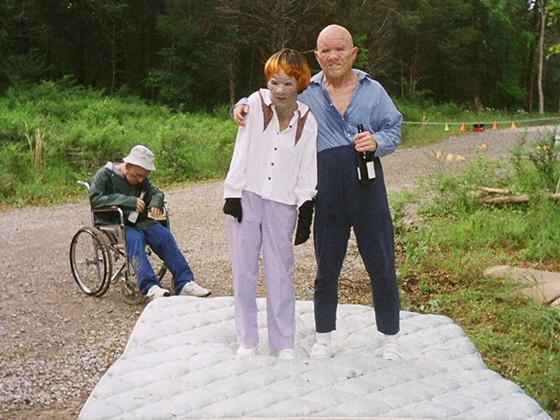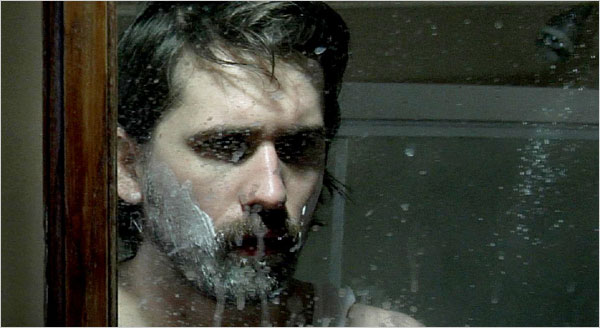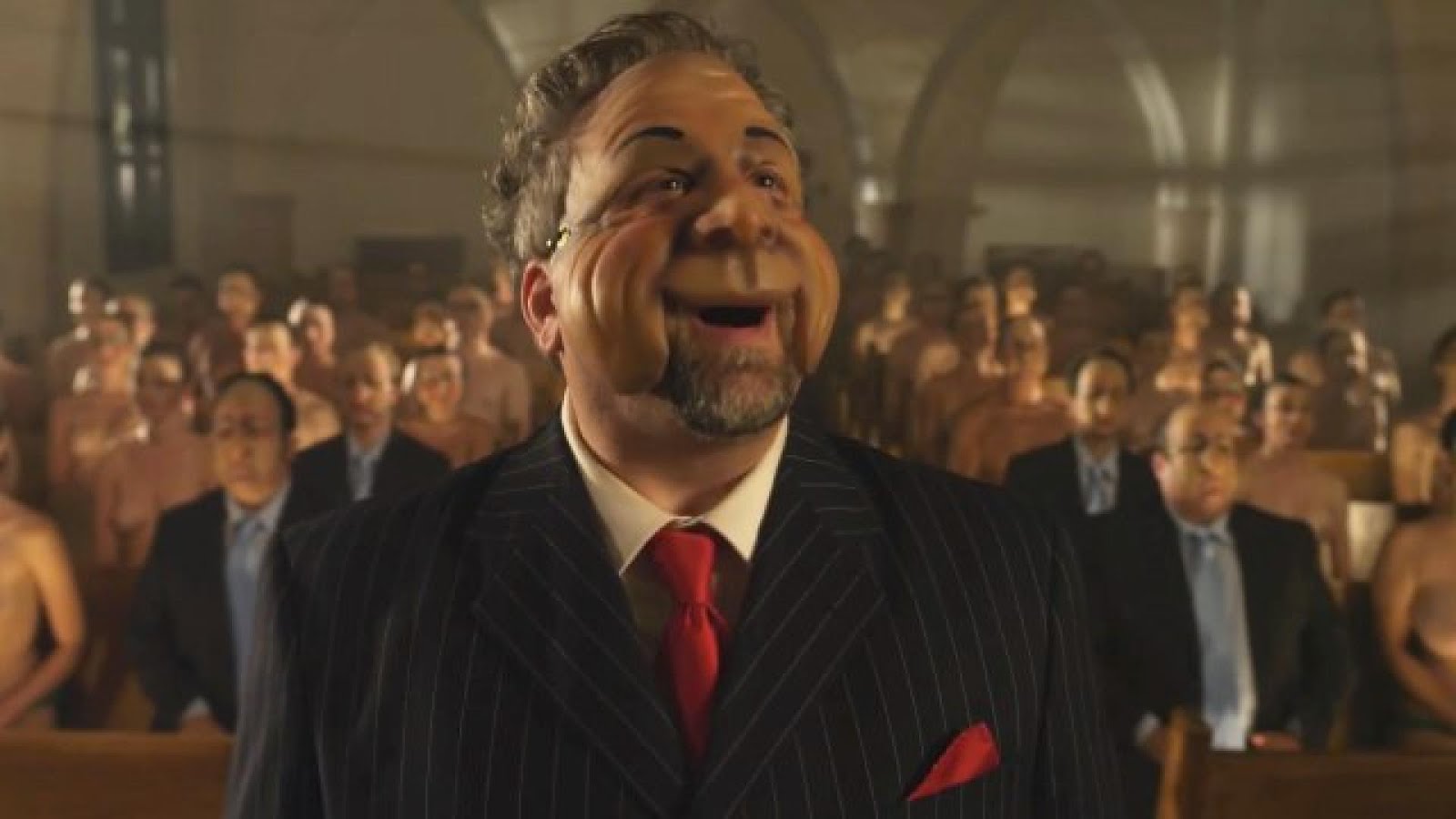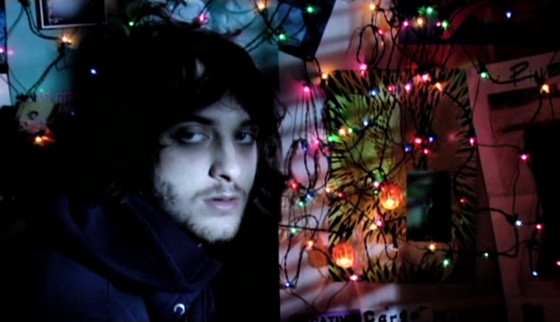Surrealism and dream-like imagery has been infused in various forms of visual art throughout history. In the cinema, surreal imagery is a crucial part of its distinction from other art forms as it can go further in depicting a dream-like state through montage and time-based storytelling. Stylized cinematic treatment of a hallucinatory dreamstate or a nightmare can elevate the overall effect a film has on a viewer, making it more memorable and distinctive and in rare-cases transgressive.
In the horror genre, again, this aspect of surreal imagery has been inherent since its inception. With the rise of independent films made outside the studio system, especially during the 1960’s and 70’s, a new type of horror film was able to be made that would boldly reveal what resourceful filmmakers could do with limited resources and complete creative freedom.
All of the films listed here challenge the definition of what a horror movie can be. In the effort to set themselves apart from the crowd, more and more indie directors and producers are choosing to make films that defy easy categorization and are often considered “genre-bending” or “genre-hybrids”. This is especially the case with horror films with the current marketplace getting more and more crowded every day.
In the reviews that follow, the case can be made for each one of the films on this list to be considered breaking new ground in the horror genre and may even cause one to reconsider what they find to be scary or horrifying when they watch genre films… and all without the use of non-stop gore or torture-porn content.
10. Rubber (2010)
French director Quentin Dupieux’s Rubber is a surreal independent horror film that sets the tone for this list by being an independently made film that tells a story that is plainly beyond our everyday reality and readily defies simple categorization. It seems destined for “cult” status.
Probably the goriest of the films on this list, Rubber tells the simple and often humorously demented tale of an ordinary car tire that magically comes to life in a junkyard, only to roll its way into a nearby populated desert town and kill various people who confront it through what seems to be a kind of telekinetic power.
This very simple yet fascinating and funny concept is played out in a fairly realistic, deadpan way but with a heightened sense of theatricality for its most violent moments. The tire kills several policeman in a similar way that Rutger Hauer’s nameless character in The Hitcher manages to rampage through the landscape with no remorse.
But while Hauer is clearly a human being who acts like a soul-less killing machine, the tire, on the other hand, is obviously not human, yet strangely enough when it uses its telekinetic powers to kill the viewer’s impulse is to somehow project an idea of human emotion onto it. Is it angry? Does it seek revenge for being dumped in a junkyard? No real explanation is given.
This brings up the slight subplot Dupieux throws into the mix involving a group of onlookers who just happen to appear on the outskirts of the desert town and spy on the action making wry commentary as the film progresses. The fact that the horrifically violent action takes place in a seemingly random way as it might in a slasher film, and perpetuated by a mundane object, makes the actions of the killer tire pretty funny but adding a group of catty onlookers elevates the impact of the situation to a higher level of grand guignol absurdity. The detached vicarious commentary of the onlookers helps to situate Rubber in a class of surreal satirical horror all its own.
9. Trash Humpers (2009)
Back in 2009, a time when contemporary filmmaking was pushing further into the realm of “High Definition” digital video along came Harmony Korine’s Trash Humpers. Described as a “experimental drama” (wikipedia) the film follows a trio of virtually anonymous petty criminal thugs who wander around semi-rural and suburban Nashville with what seem to be highly realistic but super-creepy “old people” masks on their heads. At first this threesome of ne’r-do-wells are shown at night gleefully vandalizing a parking lot and humping trashcans and dumpsters… but things get much uglier from there.
What little story there is beyond this basic premise seems to follow the exploits of the nomadic “Trash Humpers” as they interact with various degenerate characters in random, seedy interior and exterior locations. As the group regularly engage in willful acts of vandalism, and destruction of public property and heavy drug use their actions become steadily more violent and dangerous as the film progresses.
It is indeed difficult to easily classify this film as a drama, a horror film or an art film since Korine himself describes his production method as an “anti-aesthetic”.
But what is truly remarkable about this film is its utter commitment to a completely alien and highly disturbing world inhabited by characters who look like authentic poverty stricken drug addicts and deadbeats. Again Korine remarks about his production, “it was pretty intense because there were no breaks. It was just constant”.
Harmony Korine, screenwriter of Larry Clark’s infamous 90’s “Wake-Up Call” Kids was able to successfully mine similar bizarre territory of shock-cinema before with his controversial first feature Gummo. While that film has a playful and ultimately sweet side to its chaotic imagery, alternatively Trash Humpers takes a decidedly nastier turn and explores a nightmare world that seems to distort the viewer’s sense of reality, just by letting these deformed and demented weirdos wreak havoc for 90 minutes in front of them.
And to top it all off the film was shot on real low-fi VHS cameras by the performers over a 15 day period and edited on two VCR’s. Ultimately, in hindsight,Trash Humpers can be seen as a truly independent and original take on the over-saturated “found footage” horror genre but one that will most likely turn many casual viewers off.
8. I Can See You (2008)
The first feature film from Graham Reznick, key sound designer for many recent genre films including all of Ti West’s films to date, I Can See You is a strange and under-rated indie film with a bold sense of visual experimentation.
The film follows a group of young, hipster advertising agency employees on a trip to the woods for a photo shoot. After some time partying and hooking up with some young attractive females, one of the guys finds his date has mysteriously vanished which sets off a strange series of events that gradually descend into a nightmarish distortion of reality.
While I Can See You is a challenging experience due to its lack of a clearly defined narrative or any palpable sense of clear motivation for many of the characters’ actions, there is still a healthy measure of mischievous fun and playfulness to what little story it does engage the viewer in.
It seems that many indie filmmakers see the vague plot template of “bad things happen in the woods” laid down by so many slasher films from the 80s as a blank canvas for them to unleash their unbridled creativity and I Can See You is no exception. Little explanation is given for the spiral into hallucinatory madness that the viewer is privy to here, but Reznick and his game cast and crew certainly are willing to boldly experiment with the horror genre.
Wild psychedelic visuals, creative lighting, sound design and editing choices as well as a generous bit of theft from David Lynch’s bag of strange cinematic tricks set this film apart from your average “no frills” indie horror exercise which makes I Can See You even more of an exceptional viewing experience to be had.
7. John Dies At The End (2012)
Another genre-bending effort from Cult Director Don Coscarelli that follows in line with his previously celebrated films Phantasm and Bubba Ho-Tep, John Dies At The End is based on a novel by David Wong that focuses on the bizarre, comically violent and often surreal journey of David Wong a young slacker with psychic powers.
Wong seems caught between multiple dimensions of existence partially brought on by the use of a new, highly hallucinatory drug called “Soy Sauce”. As he recounts pieces of his tale to a man named Arnie in a Chinese restaurant, the exploits of he and his puckish friend John (the titular character) are revealed and the surreal nature of their adventure into an strange and distorted alternative universe becomes clearer.
No amount of plot synopsis seems to do justice or bring rationale clarity to the super-strange world we see in John Dies At The End, which makes it even more enjoyable for its bold, insane vision. In retrospect, Don Coscarelli is the perfect director for this material with his track record for making high concept low budget horror-comedy films.
As is the case with many of the other films on this list, no major studio would touch this material, let alone know how to market it to a wide audience for the usual PG-13 blockbuster consumption. Instead, Coscarelli fearlessly takes the viewer on a wild ride that features zombie skinheads, TV infomercial psychics, multi-dimensional time travel, mutant monsters disguised as humans, severed body parts, exploding gore filled viscera, and drug-induced hallucinations. Described as a horror comedy, this is truly an original film that aims to take the viewer to places they haven’t been before and on that point alone its a resounding success.
6. Pop Skull (2007)
The second feature from director Adam Wingard, whose recent film You’re Next helped cement his status as a rising star in the horror genre, Pop Skull takes the general shape of a revenge thriller but filters it through the drug-distorted point of view of its main protagonist Daniel.
As we first meet Daniel, he already looks like a troubled soul with sunken eyes and strange visions haunting him left and right. As his story unfolds, it becomes clearer that Daniel still harbors feelings of guilt and anger over a failed relationship and is tortured by the memory of his previous girlfriend leaving him for another guy. Inevitably we’re given an up close and personal view of Daniel’s descent into madness while he pops all manner of that help to distort his already crumbling reality. Along the way he also seems to be influenced by ghostly visions of prior violence and murder that happened near his home.
Pop Skull is a film that again demands a certain amount of open-mindedness from the viewer. But anyone willing to let its dark brooding mood seep in will be rewarded with an experience that really does get under the skin and feel like an authentic downward spiral into insanity. Plus the film boasts some impressive camera work and psychedelic visual distortions while Daniel trips out on drugs. And there’s also some really great music tracks from the experimental noise-punk group “The Liars” filling out the background.
